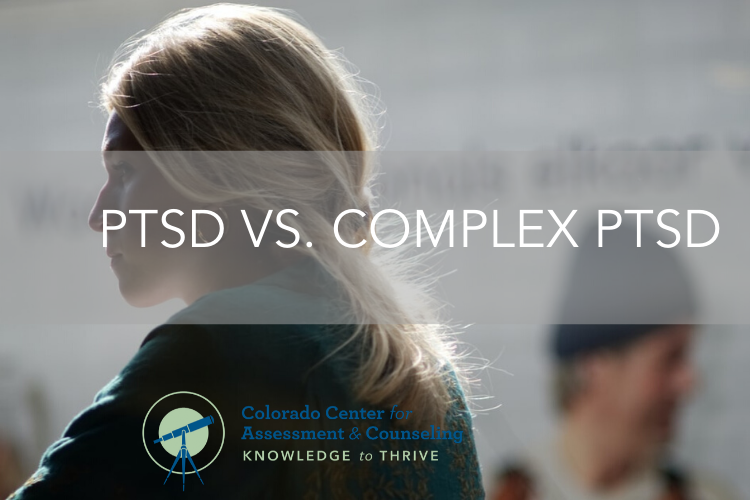Post-traumatic stress disorder—PTSD. A disorder commonly referenced in popular culture, movies, and even in day-to-day conversation. “I get total PTSD flashbacks thinking about studying for that exam,” or “I have such PTSD from that time I [insert incident that would usually not warrant symptoms or a diagnosis of post-traumatic stress disorder].” Hearing the casual nature commonly presented PTSD can leave the layman not understanding the real significance of the disorder. So, what exactly is PTSD? Let’s discuss this.
According to the American Psychiatric Association (APA), PTSD is a disorder that can develop as a result of experiences or the witnessing of “traumatic event[s] such as a natural disaster, a serious accident, a terrorist act, war/combat, rape or other violent personal assault.” In other words, a person diagnosed with PTSD has typically been afflicted by a disturbing incident that can be isolated into a specific time frame or event. As a result, they can experience a myriad of symptoms that range from person to person. The APA reported that symptoms can include intrusive thoughts about the memory, patterns of negative cognition (e.g., feelings of guilt, shame, sadness, etc.), and can show signs of heightened reactivity (e.g., irritability, feeling startled easily, paranoia, etc.). Those with PTSD can also suppress memories of the event or even avoid the subject of it altogether.
However, what if a person experiences a series of traumatic events for a prolonged period? Well, the diagnosis could be considered complex post-traumatic disorder, or c-PTSD. Something to note is that the most recent edition of the Diagnostic and Statistical Manual of Mental Disorders, or the DSM, does not recognize c-PTSD as a separate diagnosis from PTSD yet. However, it was classified as a different diagnosis in the most recent edition of the International Classification of Diseases. This difference is something to consider if you live outside of the United States because the USA typically uses the DSM for diagnosing, and the ICD is used internationally. So, depending on where a mental health professional sees someone, they might receive a different diagnosis.
So what’s the difference between the two? Gary Gilles and Kelly Morrell reported for Healthline that c-PTSD “results from repeated trauma over months or years, rather than a single event.” C-PTSD is usually seen in survivors of childhood abuse, prolonged interpersonal violence or abuse, or those who have witnessed violence or abuse over a continuous period of time. Healthline writes that symptoms of c-PTSD differ slightly, in that those diagnosed could experience emotional dysregulation, dissociation, warped perception of relationships, and even a contorted cognition surrounding their abuser. It is not uncommon that c-PTSD misdiagnosed as borderline personality disorder (BPD) due to their comparable manifestations. However, it is essential to receive a proper diagnosis to obtain the right treatment. For both c-PTSD and PTSD, a person can undergo therapies designed specifically for trauma recovery, such as eye-movement desensitization and reprocessing (EMDR) or cognitive behavioral therapy (CBT). However, several other treatments assist in healing from traumatic life events.
Trauma and PTSD can impact a person long before they even realize they have experienced it, much like other mental illnesses. Considering this, it is important to approach those with PTSD and c-PTSD with patience and an open mind. By doing so, those afflicted can be better understood for who they are instead of being defined by their trauma.

